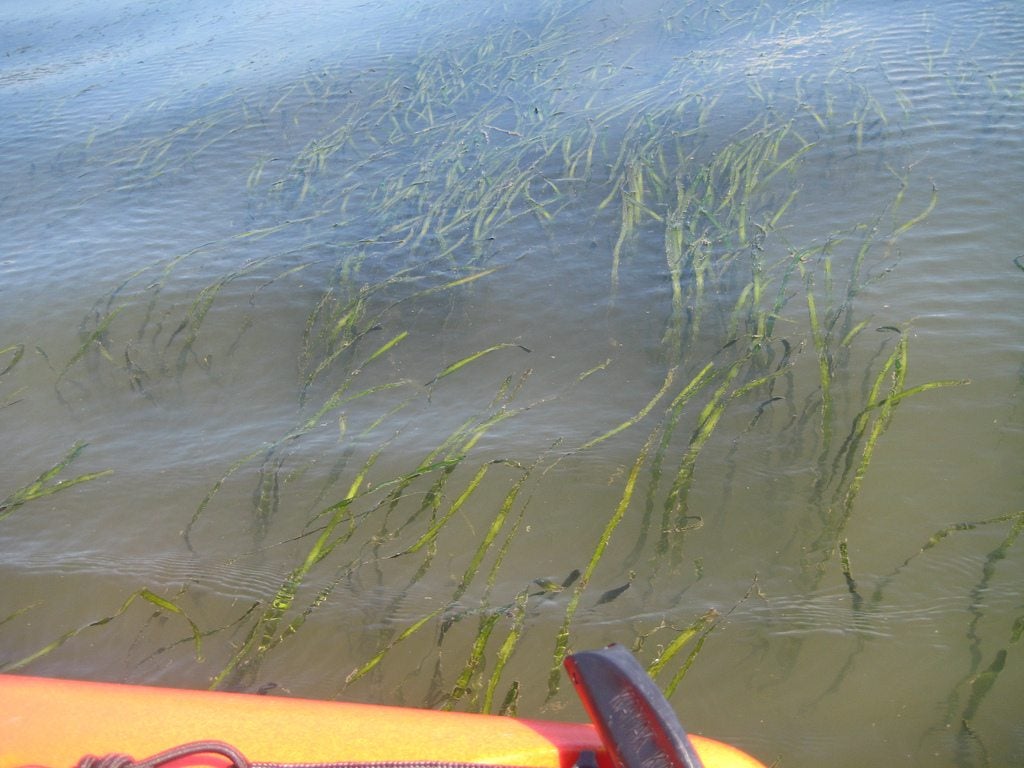What Is Wild Celery: Uses For Wild Celery Plants


The name “wild celery” makes it sound as if this plant were the native version of the celery you eat in salad. This is not the case. Wild celery (Vallisneria americana) is no relation whatsoever to garden celery. It usually grows under water where it provides many benefits to underwater organisms. Growing wild celery in your home garden is not possible. Read on for more wild celery plant information.
What is Wild Celery?
Wild celery is the type of plant that grows underwater. It is hardly surprising that a gardener might ask “What is wild celery?” The plant is never grown in gardens and requires a submerged location to survive. Wild celery plant information tells us that the leaves of this plant look like long ribbons and can grow to 6 feet long. This is why it is also called freshwater eel grass or tape grass.
Wild Celery in Gardens
Do not ask how to plant wild celery nor envision growing wild celery in your vegetable garden. It grows in brackish waters around the world, usually in areas where the water is 2.75 to 6 feet deep. The species has different female and male plants, and their method of reproduction is unique. The female blossoms grow on thin stalks until they rise to the surface of the water. The male wild celery flowers are short and stay by the base of the plant. In time, the male flowers release from their footing and float to the surface of the water. There they release pollen, which also floats on the surface and fertilizes the female flowers by chance. After fertilization, the female stalk coils itself, dragging the developing seeds back to the bottom of the water.
Uses for Wild Celery
Wild celery plant information tells us that the uses for wild celery are numerous. The water plant offers good habitat to different kinds of fish in streams and lakes. It also provides shelter for bottom-growing algae and other invertebrates. You are not going to want to include diced wild celery in your salad, but the plant is edible. It is, in fact, one of the favorite aquatic plant foods of ducks, geese, swans and coots. The waterfowl consume the leaves, roots, tubers, and seeds of the plant. They are especially fond of the starchy tubers.
Sign up for the Gardening Know How newsletter today and receive a free copy of our e-book "How to Grow Delicious Tomatoes".

Teo Spengler is a master gardener and a docent at the San Francisco Botanical Garden, where she hosts public tours. She has studied horticulture and written about nature, trees, plants, and gardening for more than two decades, following a career as an attorney and legal writer. Her extended family includes some 30 houseplants and hundreds of outdoor plants, including 250 trees, which are her main passion. Spengler currently splits her life between San Francisco and the French Basque Country, though she was raised in Alaska, giving her experience of gardening in a range of climates.